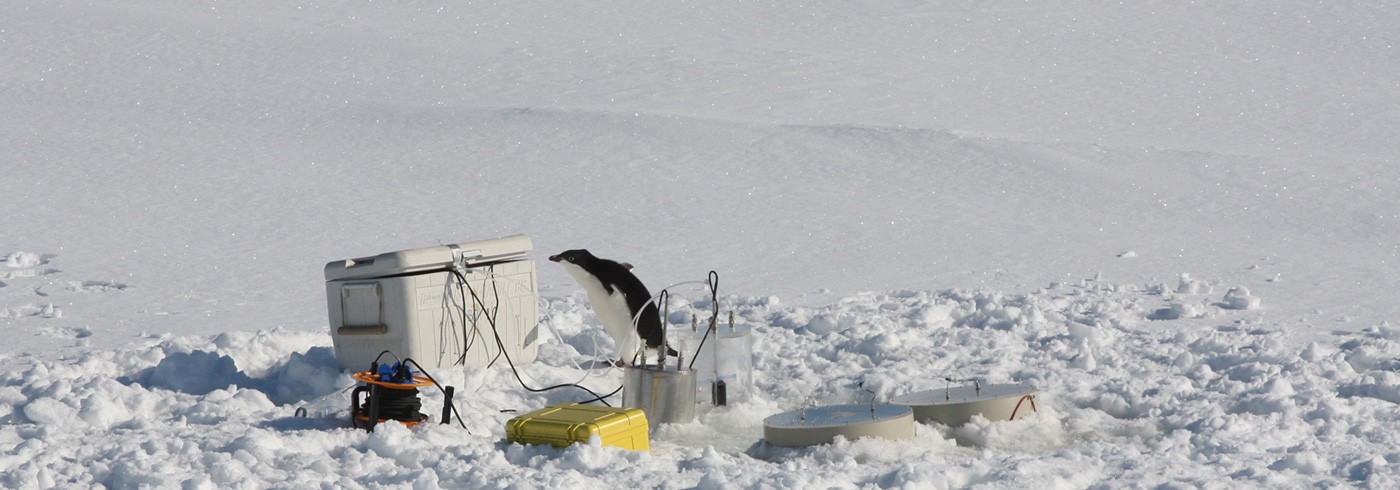Inorganic carbon transformation
26 November 2008 - 6 January 2009The aim of this project was to quantitatively investigate the mechanisms driving the oceanic carbon dioxide system and the CO2 air–sea flux in areas differentiated by water column stratification, ice cover/extent and freshwater input in the Pacific sector of the Southern Ocean. The biogeochemical transformation of carbon was evaluated from CO2 system data and information on water mass properties in the water column. Another goal was to investigate the natural variability of the marine carbonate system in the area, to provide basic information needed to predict the response to future changes in the CaCO3 saturation in the Southern Ocean.
Polar oceans function as sinks of atmospheric carbon dioxide. However, due to limited data coverage, little is known regarding the temporal and spatial variability of the processes driving the CO2 system. It is anticipated that the cold polar oceans will be the first affected by increased oceanic CO2 levels. Resultant acidification may affect the ecosystem and the biological carbon pump.

Preliminary results from data on a) pH and b) the calculated saturation depth of aragonite (CaCO3) in the Amundsen Sea shows the influence of the low pH water in the circumpolar deep water. This water highly influences the CaCO3 saturation depth in the Amundsen Sea
Data on total alkalinity (AT) and pH are used to investigate the CO2 system in the water column, the surface water and the sea ice. We use alkalinity and salinity relationship to derive freshwater fractions and estimate source waters. This information together with nutrient data from other research teams is used to calculate the amount of carbon transformed due to biological and physical processes from winter to summer. Water samples for the determination of AT and pH were taken onboard during the expedition.
Preliminary results from data on AT, pH and the calculated saturation depth of aragonite in the Amundsen Sea show the influence of the low pH water in the Circumpolar Deep Water. This water highly influences the CaCO3 saturation depth in the Amundsen Sea. The mean saturation depth is about 250 m, which can be compared with the mean for the entire Southern Ocean of 700 m. The low pH water may affect organisms such as the pteropod limacine helicina, which forms an aragonite containing shell.



